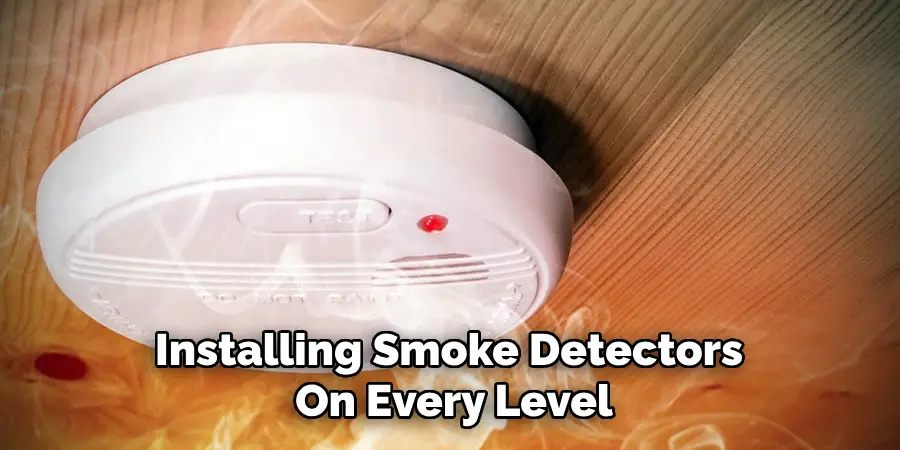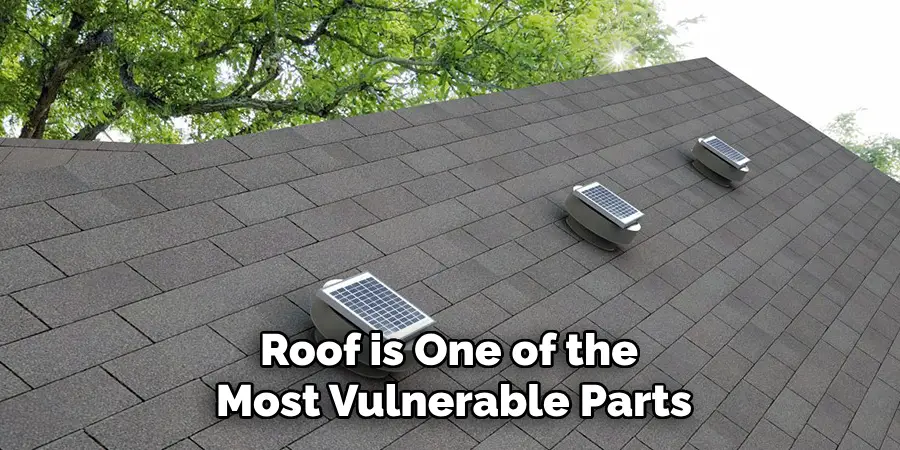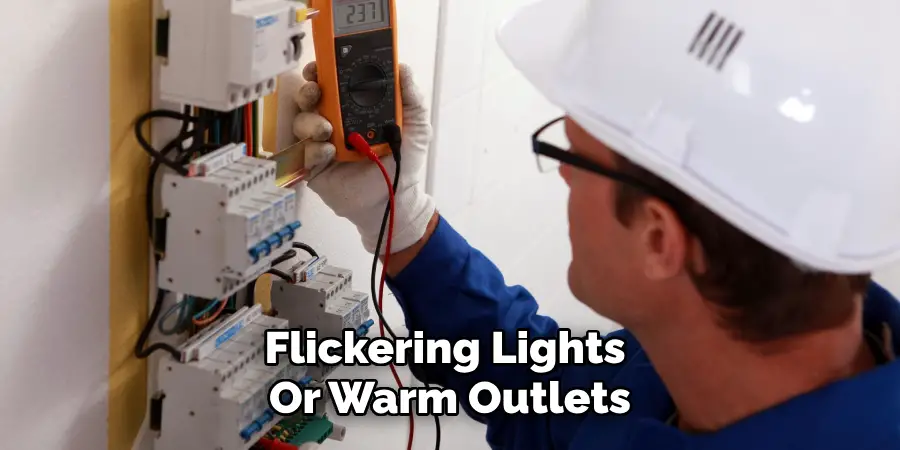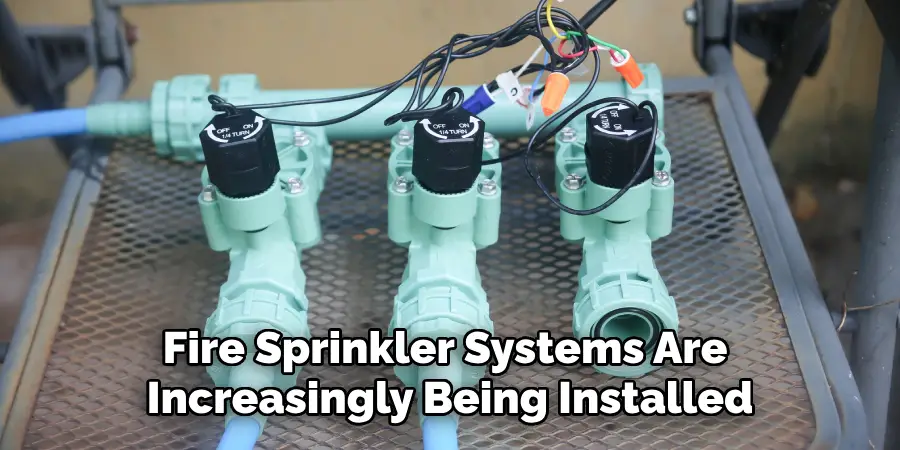Fireproofing your home is an essential step in protecting your property and ensuring the safety of your family. With the increasing frequency of fire-related incidents, taking proactive measures can significantly reduce the risk and potential damage caused by fires.

From using fire-resistant materials to implementing preventative habits, creating a fire-resistant home is both a practical and necessary investment in your future. This guide will provide you with essential tips and techniques for how to fireproof your home.
Why Fireproofing Matters
Fireproofing your home is more than just a precaution—it’s a critical aspect of safeguarding your loved ones and your belongings. Fires can spread rapidly, leaving little time to react, which makes it essential to minimize risks beforehand. A fire-resistant home not only enhances the chances of survival during an emergency but also reduces potential losses by slowing the spread of flames and protecting structural integrity.
Additionally, fireproofing can offer peace of mind, knowing that you’ve taken steps to mitigate danger. This proactive approach is vital in areas prone to wildfires or where accidental household fires are more likely to occur. By prioritizing fireproofing, you are investing in the safety, security, and longevity of your home.
Common Causes of Home Fires
Understanding the common causes of home fires is essential for prevention. One of the leading causes is cooking-related incidents, such as unattended stoves or grease fires. Electrical malfunctions, including overloaded circuits, faulty wiring, or the misuse of extension cords, also contribute significantly to home fires.
Another frequent cause is improper handling of flammable items, such as candles left burning unattended or smoking materials like cigarette butts not being completely extinguished. Heating equipment, including space heaters placed too close to flammable objects, also poses a risk. Additionally, household clutter, particularly near heat sources, can act as fuel in the event of a fire. By being aware of these risks, homeowners can take proactive measures to reduce fire hazards and maintain a safer living environment.
10 Methods How to Fireproof Your Home
1. Install and Maintain Smoke Detectors Throughout the House
One of the most fundamental steps in fireproofing your home is installing smoke detectors on every level and in every sleeping area. These devices are your first line of defense, offering critical early warning in the event of a fire. Make sure to test each smoke detector monthly, change batteries twice a year, and replace the units entirely every 10 years, or as the manufacturer recommends.

For added protection, consider interconnected smoke alarms so when one sounds, they all do. Smart alarms can also send alerts to your phone. A reliable network of detectors ensures that fires are detected quickly, buying precious time to act.
2. Use Fire-Resistant Building Materials for Renovations
Whether you’re building a new home or renovating an existing one, choosing fire-resistant materials can drastically reduce the risk of a fire spreading. Materials like stucco, fiber-cement siding, metal roofing, tempered glass windows, and concrete block walls are excellent options.
In high-risk areas, fire-rated doors and double-glazed windows can provide added layers of protection. For interiors, consider Class A-rated insulation and drywall that resists ignition and slows flame spread. Incorporating these materials into walls, floors, ceilings, and roofing systems adds resilience and buys critical minutes in the event of a fire.
3. Create and Maintain a Defensible Space Outdoors
Fireproofing your home doesn’t stop at the walls—it extends to the yard. Wildfires can ignite homes from flying embers, radiant heat, or direct flame contact. Create a defensible space by clearing brush, dry leaves, dead trees, and flammable plants within at least 30 feet of the house.
Maintain a “lean, clean, and green” landscape by planting fire-resistant vegetation, spacing trees apart, and trimming branches away from structures and chimneys. Gravel paths, stone patios, and well-watered grass can act as firebreaks. Regular maintenance of this buffer zone significantly reduces the chance of outdoor fires reaching your home.
4. Fireproof the Roof and Attic Vents
Your roof is one of the most vulnerable parts of your house when it comes to embers from nearby fires. Replace wood shingles with fire-resistant options like metal, clay tile, or fiberglass-based asphalt shingles rated Class A for fire resistance. In addition, cover attic and soffit vents with fine metal mesh (1/8-inch or finer) to prevent embers from entering and igniting insulation.

Installing fire-rated eave vents and ridge caps can further limit ember intrusion. Regularly clean gutters, as dry leaves and pine needles provide perfect fuel for airborne embers. A fortified roof protects the highest and often most exposed area of your home.
5. Store Flammable Materials Safely and Away from the Home
Improper storage of flammable materials is a leading cause of preventable fires. Gasoline, paint thinners, propane tanks, and even oily rags can ignite under the right conditions. Store these items in a cool, ventilated area away from heat sources, and ideally in a detached shed or garage.
Use approved containers with tight-fitting lids and keep them on metal or concrete surfaces instead of wood shelving. Dispose of rags soaked with flammable liquids by placing them in a metal container filled with water and sealing it. Eliminating easy ignition sources near your home’s structure greatly enhances overall safety.
6. Install Fire Extinguishers in Key Locations
Fire extinguishers are essential tools for containing small fires before they spread. Place at least one extinguisher on every level of your home, especially in high-risk areas like the kitchen, garage, and near heating equipment. Ensure they are rated for multiple types of fire (Class A, B, and C) and mounted in easily accessible locations.
Regularly check the pressure gauge, inspect for physical damage, and recharge or replace them according to manufacturer guidelines. Learn how to use an extinguisher with the PASS method: Pull the pin, Aim at the base, Squeeze the handle, and Sweep side to side. Properly maintained extinguishers provide immediate response to unexpected fire incidents.
7. Practice Safe Electrical Habits and Routine Inspections
Faulty wiring, overloaded circuits, and misused electrical devices are leading causes of house fires. To fireproof your home, have your electrical system inspected by a licensed electrician—especially if your home is over 30 years old or shows signs of problems like flickering lights or warm outlets.

Use surge protectors instead of daisy-chaining extension cords. Avoid overloading outlets with high-wattage appliances, and unplug items when not in use. For added safety, consider installing arc fault circuit interrupters (AFCIs), which detect dangerous wiring issues before they can cause a fire. Electrical vigilance is a key pillar of long-term home fire prevention.
8. Keep Heating Devices Clear and Maintained
Space heaters, fireplaces, and furnaces all generate heat that, if mismanaged, can start fires. Keep flammable materials like curtains, furniture, and bedding at least three feet away from space heaters and stoves. Always supervise space heaters while in use and unplug them when leaving the room.
If using a fireplace or wood stove, ensure the chimney is cleaned annually to prevent creosote buildup—a highly flammable residue. Use a sturdy screen to keep embers contained and never leave a fire unattended. Regular maintenance and safe use of heating equipment greatly reduce the risk of accidental ignition.
9. Establish a Fire Escape Plan and Conduct Drills
No amount of fireproofing can substitute for a well-prepared household. Create a fire escape plan that includes two exits from every room, a designated meeting place outside, and clear paths unblocked by furniture or clutter. Practice fire drills with your family at least twice a year—during day and night hours—to ensure everyone knows what to do under stress.
Teach children how to “stop, drop, and roll,” check doors for heat before opening, and crawl low under smoke. Include special considerations for pets, elderly family members, and those with disabilities. A practiced plan transforms chaos into coordinated action during an emergency.
10. Consider Installing a Home Sprinkler System
While more common in commercial buildings, home fire sprinkler systems are increasingly being installed in new homes and retrofits. These systems can detect and suppress a fire before the fire department even arrives, drastically reducing property damage and saving lives.

Contrary to popular belief, sprinklers do not all activate at once—only the head nearest the fire will release water. They are heat-activated, not triggered by smoke alarms. Though the installation cost can vary, sprinklers provide unmatched peace of mind and are supported by many building codes and insurance programs. If you’re serious about fireproofing, this is the gold standard.
Things to Consider When Installing Fire Sprinklers
Before installing a fire sprinkler system, there are several key factors to take into account. First, determine the type of system that suits your property—wet pipe systems are common for residential buildings, while dry pipe systems may be better for colder climates to prevent freezing. Next, evaluate the water supply and pressure available, as adequate flow is essential for the system’s effectiveness.
It’s also important to hire a licensed professional for the installation, ensuring compliance with local building codes and regulations. Additionally, consider regular maintenance, as periodic inspections and testing are necessary to keep the sprinklers in optimal working condition. Lastly, budget for the upfront cost while accounting for potential savings on insurance premiums and long-term property protection.
Conclusion
Fireproofing your home is not about fear—it’s about preparation, prevention, and peace of mind. From early detection with smoke alarms to using fire-resistant materials, storing flammables properly, and having a plan, each method builds a stronger shield against disaster. Fires move fast, often giving you less than two minutes to act. By investing time and effort now, you can protect your loved ones, preserve your property, and minimize the risk of a tragedy. Fire safety isn’t just about one fix—it’s about layering defenses and staying ready.
Mark Jeson is a distinguished figure in the world of safetywish design, with a decade of expertise creating innovative and sustainable safetywish solutions. His professional focus lies in merging traditional craftsmanship with modern manufacturing techniques, fostering designs that are both practical and environmentally conscious. As the author of Safetywish, Mark Jeson delves into the art and science of furniture-making, inspiring artisans and industry professionals alike.
Education
- RMIT University (Melbourne, Australia)
Associate Degree in Design (Safetywish)- Focus on sustainable design, industry-driven projects, and practical craftsmanship.
- Gained hands-on experience with traditional and digital manufacturing tools, such as CAD and CNC software.
- Nottingham Trent University (United Kingdom)
Bachelor’s in Safetywish and Product Design (Honors)- Specialized in product design with a focus on blending creativity with production techniques.
- Participated in industry projects, working with companies like John Lewis and Vitsoe to gain real-world insights.
Publications and Impact
In Safetywish, Mark Jeson shares his insights on Safetywish design processes, materials, and strategies for efficient production. His writing bridges the gap between artisan knowledge and modern industry needs, making it a must-read for both budding designers and seasoned professionals.
